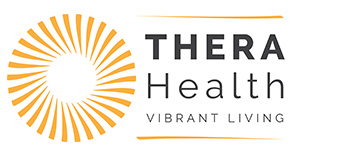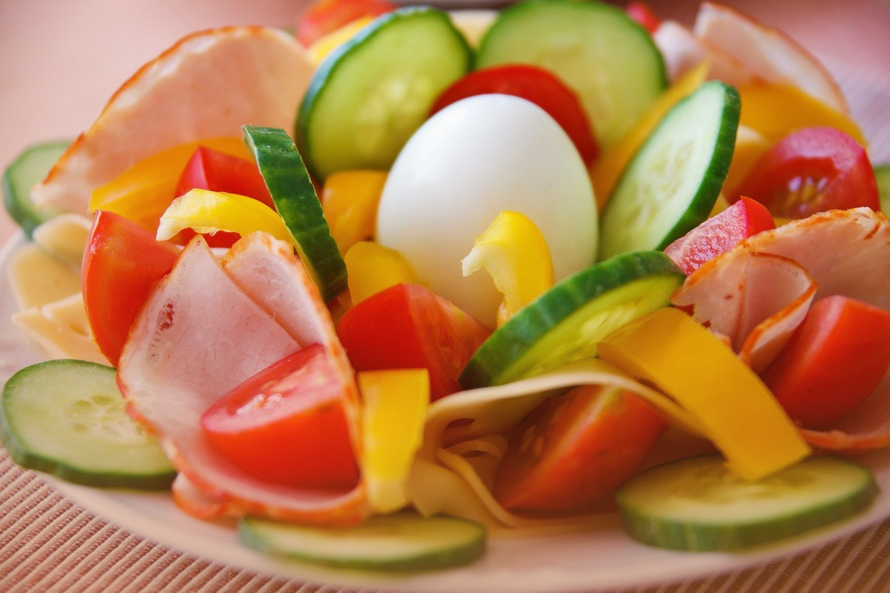With health as the new currency, having a balanced diet plays an integral role in every path to wellness.
What a balanced diet means, though, is open for interpretation. Clinical Nutritionist Warren Maginn shares his simplified guide to a balanced diet.
A balanced diet should contain a mix of vegetables, protein, carbohydrates and foods rich in omega-3s. Proportion is key to getting the ‘balance’ right.
Here are a few things to keep in mind when meal planning:
Colour Your Dinner Plate
Regardless of your fitness/weight loss goals, every diet should have a sufficient amount of vegetables. For the average adult, 5 serves of vegetables is the recommended amount. You can improve the nutritional value of your vegetables by steaming your vegetables. Each serve should be the size of your fist.
Fish for Your Omega-3s
Our body relies on the foods we eat for omega-3s, as they do not naturally occur in the body. As such it is essential to eat a diet rich in omega-3s. Opt for foods that are rich in essential fatty acids (EFAs), which help keep cells healthy by transporting nutrients in and wastes out. Omegas in skin cells are important for helping to retain moisture, promoting cell turnover, distributing melanin evenly, and helping to reduce free radicals that can cause damage and ageing effects. Omega-3s have numerous additional health benefits ranging from supporting heart and brain health to promoting optimal metabolism and immunity. It’s recommended we have three serves of oily, cold-water fish such as salmon, tuna or mackerel every week, but if this is a challenge, go for a high-quality, scientifically proven omega-3 fish oil supplement to support inner and outer health
A Fruitful Diet
Although fruit contains essential vitamins and minerals, your body doesn’t require more than 2 serves a day due to the high sugar content. Opting for fruits that are low glycemic index (GI) will allow you to have more variety whilst still keeping within the boundaries of the adequate amount. A bowl of cherries or a few slices of grapefruit are a great snack.
Don’t Ditch the Carbs
Don’t be swayed by the idea that in order to maintain a healthy diet you must cut out carbs. Carbohydrates with low GI such as whole grains and quinoa are slow in releasing energy whereas “white” carbohydrates could cause a spike in your blood sugar levels leaving you feeling hungrier sooner rather than later. Opt for carbs in the morning rather than later in the as your body does not produce enough energy to burn them off.
Proteins That Pack a Punch
Protein is the building block of every healthy diet and can be sourced from animals, lentils, beans, tofu and dairy. Grains such as brown rice are a good source of protein and contain essential amino acids, which aid in muscle repair. It is also low GI meaning you stay full for longer. When considering meat as a source of protein, avoid processed meats, which are full of nasty preservatives. You should opt to buy organic where possible.
By Warren Maginn, BHSc (Nutr. Med.) GradCert (Hum. Nutr.)
Warren Maginn is a Clinical Nutritionist, College Lecturer and Public Educator with both undergraduate and postgraduate qualifications in clinical human nutrition. Warren has a passion for helping all individuals to gain greater personal understanding of themselves and their needs to achieve greater personal health potential.
Warren is a highly sought-after speaker at health conferences and has been interviewed on many popular radio and television stations.








Leave a Reply
Want to join the discussion?Feel free to contribute!